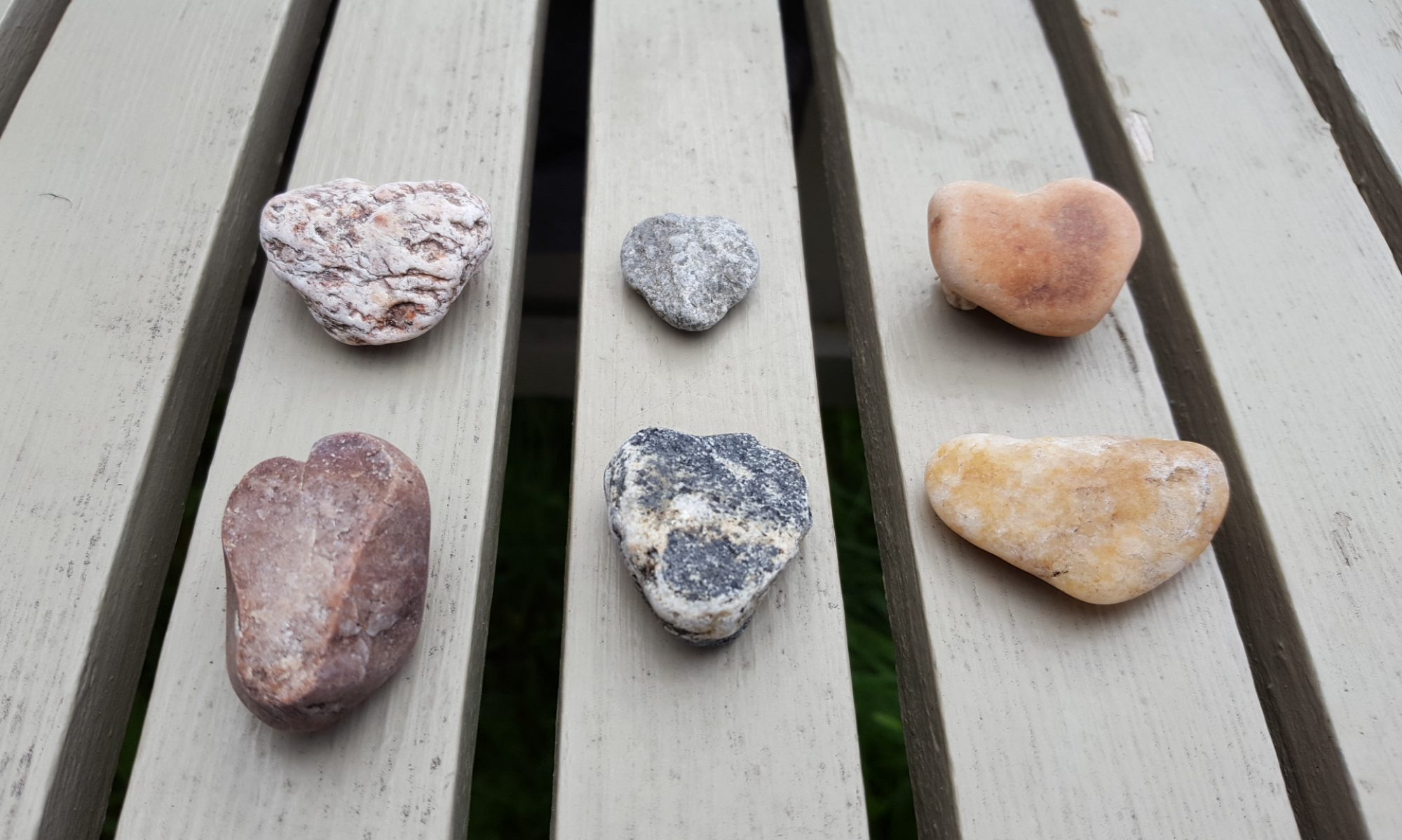A good morning to all, including all golfers already on the links! Here in British Columbia we are having beautiful summer weather, which is great for golf, but not helpful for the massive forest fires raging in the interior of our beautiful province. My warmest thoughts go out to those displaced, those who have lost property or pets or livestock, to those who are on the front-lines trying to quell these monstrous blazes, and to those wild animals living in peril. May this soon abate!
But what about GIR? What is GIR and should anyone care? Until the past few years, I certainly did not know what at least one particular GIR was. Anyone can go on the internet and find Gir National Park in Gujarat, India. One can also find GIR as Global Investigations Review focused on international policy issues, or Gir can pop up as the “stupidly adorable”, lovable, hyper-active assistant to Zim, or it could be silicone cooking tools that Get It Right.
GIR only arose for me once I became intrigued with golf. So, GIR in my world is an abbreviation for “greens in regulation”. Which means…….that for each length of a hole in golf, there is a desired or expected number of strokes that one should take in order to get from tee to green. So for each length of hole, it may be a par 3, par 4 or par 5 depending on the number of yards (or meters) it is from tee to green. On a par 3 it would be expected that one would get on the green with one shot from the tee, while on par 4 holes, it is expected to take two shots to get on the green, and for par 5 holes one would take 3 shots to get on the green. Thus, GIR has been achieved in essence when the number of strokes taken is at least two fewer than par for a given hole. In each instance, this leaves one with two putts to get the ball into the hole for par. This all seems quite reasonable. Indeed, some of the professional players can get onto a par 4 green in one shot from the tee and onto a par 5 green in two shots from the tee. Thus, they can actually do better than GIR……really GUR (greens under regulation…..I just made this up!).
So, what is the point of going on about GIR. Well, when I first decided to take up golf in a more serious way in 2009, I rarely had a GIR result. I just could not hit the ball far enough, straight enough or accurately enough to do so. I though GIR was imaginary! recently, things have changed. With instruction, lots of practice, better clubs and the tincture of time, I have reached a point where I often am succeeding or nearly succeeding in have GIR on a variety of courses. It feels good. It generally goes along with better overall scores per round, and one begins to imagine that you are making progress in this challenging and magnetic pastime. An occasional GIR just adds “zen” to the game like it is supposed to be.
May your day include at least one GIR, whether it is strokes on the golf course or it is in other facets of life where fewer moves or efforts can yield great results!
